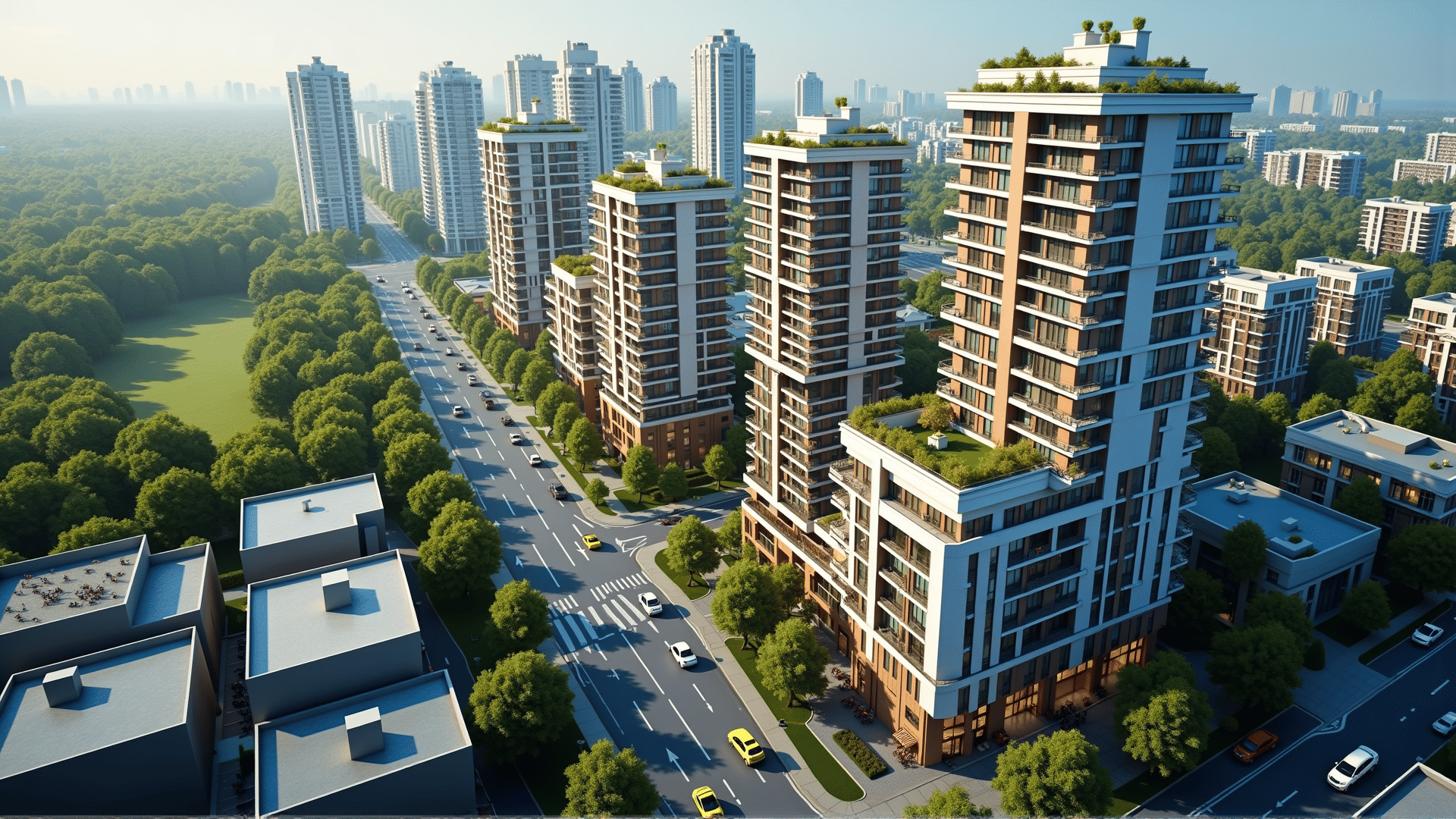The urban housing market in Canada is in a state of dynamic transformation, driven by a confluence of factors that include economic shifts, demographic changes, and evolving lifestyle preferences. While cities like Toronto, Vancouver, and Montreal continue to attract attention, the landscape across all urban areas is experiencing significant trends in affordability, location preferences, and investment opportunities.
Affordability Challenges and Innovations
Affordability remains one of the most pressing concerns in Canadian urban housing markets. Cities like Vancouver and Toronto consistently rank among the world's most expensive, with the cost of living outpacing median income growth. This financial pressure has led many prospective homeowners to reassess their housing options, resulting in increased interest in multi-family units, co-living arrangements, and micro-apartments as more economical alternatives to traditional housing.
To address affordability issues, municipal governments and developers are increasingly turning to innovative housing solutions. Inclusionary zoning policies, which mandate a percentage of new developments be allocated for affordable housing, have gained traction. Additionally, modular construction and the rise of prefabricated homes promise to reduce building costs and times, making housing more attainable for middle-income earners.
Evolving Location Preferences
Another intriguing trend reshaping the housing market is the shift in location preferences driven by remote work and pandemic-induced lifestyle changes. While urban centers used to be the epicenters of economic and cultural activities, the rise of flexible work arrangements has allowed people to reconsider where they live. Suburban areas and smaller cities that offer a balance of affordability and desirable living conditions are seeing a surge in demand, as they provide more space and a higher quality of life while remaining within reach of urban job markets.
Moreover, urban planning is increasingly prioritizing mixed-use developments and transit-oriented communities. These designs integrate residential, commercial, and leisure spaces, supported by robust public transport networks, thus meeting the diverse needs of modern urban dwellers who prioritize convenience and sustainability.
Investment Opportunities and Risks
Investors are closely monitoring these trends for opportunities within the urban housing market. Real estate investment trusts (REITs) and private equity firms are augmenting their portfolios with properties that align with the growing demand for rental housing and sustainable living options. The growing interest in "green" buildings, which are not only environmentally friendly but also cost-efficient in terms of energy consumption, is increasingly being seen as a lucrative investment avenue.
However, potential investors must also navigate inherent risks. Government regulations, particularly in high-demand areas, are evolving rapidly, with new taxes and foreign investment restrictions seeking to stabilize markets and curb house price inflation. As such, prudent investment strategies now require a thorough analysis of policy changes and demographic trends to maximize returns and mitigate exposure to volatile market shifts.
The Path Forward
Looking ahead, the Canadian urban housing market must balance growth with sustainability. As policymakers, developers, and communities work towards a more equitable and resilient housing environment, the focus will remain on enhancing affordability, adapting to changing lifestyle preferences, and creating stable investment frameworks. Collaboration across sectors is crucial to foster innovation, reduce disparities, and ultimately ensure that Canada’s cities can thrive amidst the changing tides of the housing landscape.
